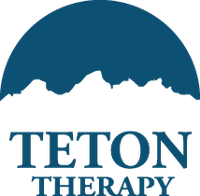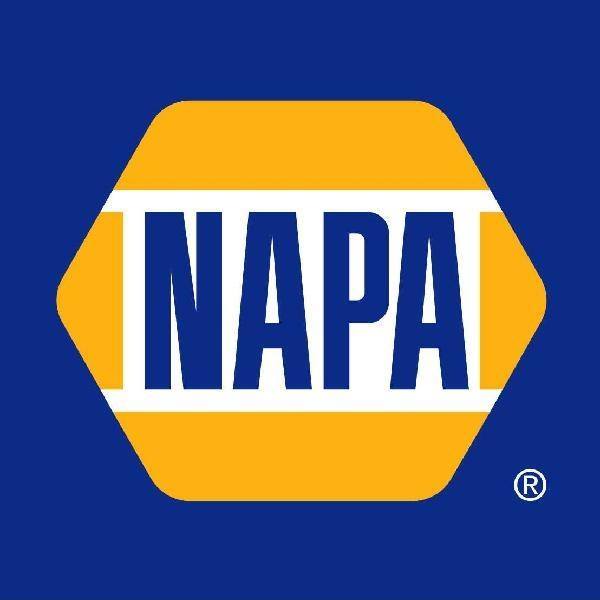- High performers follow different paths: some seek mastery, others momentum
- Rock stars deliver consistency and depth; superstars fuel innovation and velocity
- Leaders must tailor recognition, feedback, and growth opportunities accordingly
- When managed well, both create a high-functioning, future-ready organization
- Start by asking: What does success mean for this individual?
640 words ~ 3.5 min read
Every leader wants high performers, but not all high performers are the same.

Early in her management career, author Kim Scott discovered a powerful distinction that changed the way she led teams. In her book Radical Candor, she introduces the idea of “rock stars” and “superstars,” two types of exceptional employees who contribute in very different but equally valuable ways.
Understanding this distinction is essential for leaders. It’s not just about delegation or recognition. It’s about building sustainable, high-functioning teams that deliver results without burning out.
Rock stars are the team’s steady force. They are deeply skilled professionals who love what they do and consistently excel at it. They aren’t motivated by rapid advancement. Instead, they find satisfaction in mastery and consistent contribution. They are the reason everything runs smoothly even during times of stress or transition. Every team needs people like this. Yet they are often overlooked because they don’t seek the spotlight.
Superstars are the accelerants. They seek out challenges, crave growth, and bring fresh energy to every project. Their ambition pushes boundaries and drives progress. They want to move forward and, when supported properly, help raise the performance of those around them.
Both types of employees are essential. But many leaders make the mistake of treating them the same way.
Consider what happens when a rock star is pushed toward a leadership role they don’t want. Over time, they feel misunderstood and undervalued. The result is often disengagement or departure. Now imagine a superstar eager to take on more responsibility, but their manager hesitates or fails to provide opportunities. That superstar will eventually leave in search of a place that better matches their pace and ambition.
The takeaway is clear. Managing talent effectively means adapting your leadership to the needs of the individual.
Rock stars do best when they receive feedback that respects their expertise and encourages them to deepen their skills. They want their work to be acknowledged, not necessarily elevated in title. Praise, opportunities to mentor others, and consistent roles where they can thrive are what matter most.
Superstars need challenging assignments, freedom to solve problems, and regular conversations about their career trajectory. Micromanagement undermines their potential. Instead, they benefit from structured autonomy and clear guidance on how to achieve their goals.
Smart leaders act on these differences. They assign work based on strengths and aspirations. Rock stars are ideal mentors and internal coaches who help maintain quality and team cohesion. Superstars shine in fast-moving projects, innovation sprints, and leadership development opportunities.
The synergy between these two profiles is powerful. Superstars raise the bar, while rock stars keep the bar from falling. One drives innovation, the other delivers consistency. Together, they create a team that is both agile and dependable.
It’s also important to recognize that people shift between these roles. A superstar may move into rock star mode during a new life phase. A rock star may seek a faster pace when inspired by a new goal. Good leadership means staying tuned in and asking the right questions, rather than making assumptions.
A great place to begin is by asking each team member, “What does success look like for you right now?”
The answer can guide your leadership style, improve retention, and unlock performance across your organization. Because real leadership isn’t about driving people toward a single definition of success. It’s about helping each individual grow in a way that makes them—and your company—stronger.
For more insights, check out this article from Fast Company: Want to be a better leader? Start coaching your team like this.
—
The Lander Chamber of Commerce is a private non-profit organization that aims to support the growth and development of local businesses and our regional economy. We strive to create content that not only educates but also fosters a sense of connection and collaboration among our readers. Join us as we explore topics such as economic development, networking opportunities, upcoming events, and success stories from our community. Our resources provide insights, advice, and news that are relevant to business owners, entrepreneurs, and community members alike. The Chamber has been granted license to publish this content provided by Chamber Today, a service of ChamberThink Strategies LLC.




















